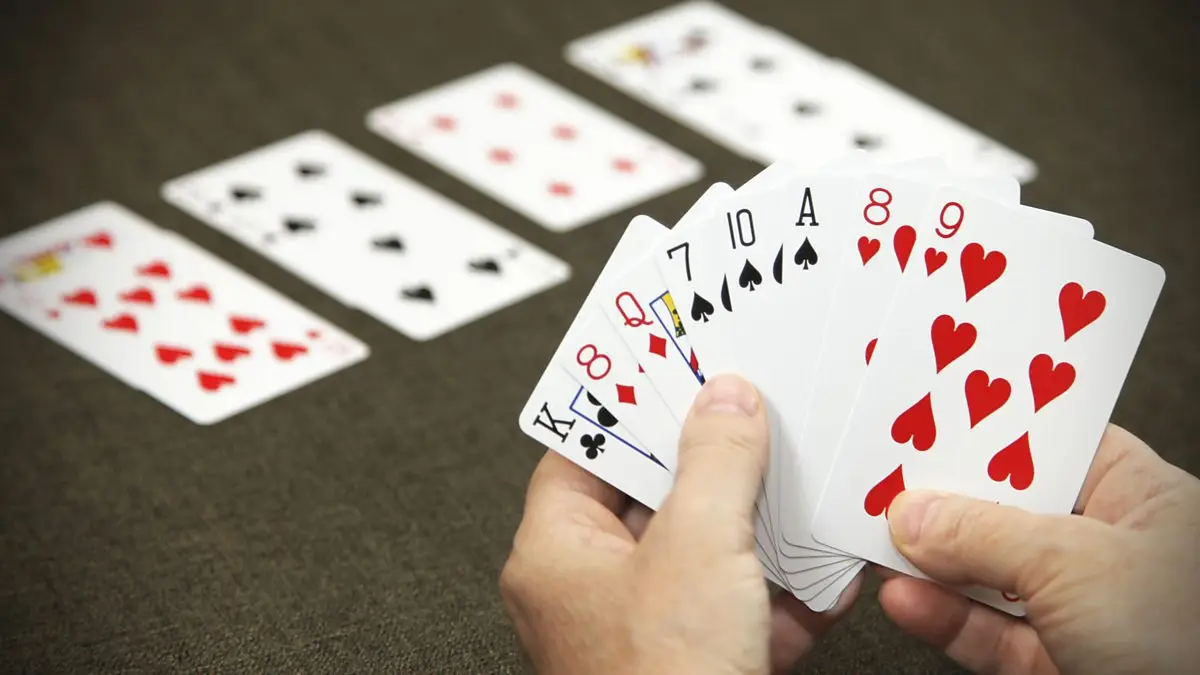Gambling zones have become the official response to the ban on gambling in Russia outside specially designated territories. Today, such clusters are the only regions where casinos, slot machines, and slot machines operate legally. The system was introduced to strengthen control and increase tax revenues. At the same time, each territory has its own specifics, geography, and level of infrastructure.
Legislative framework and the concept of gambling regions
What is a gambling zone in the Russian legal field? A strictly limited territory where the placement of gambling industry facilities is allowed, from casinos to hotel and entertainment complexes. Such areas are approved by federal law, and their boundaries are established by government decrees. The main goal is to centralize the gambling business, excluding it from urban quarters and residential centers.

Since 2009, all forms of gambling entertainment outside specially created regions have been prohibited in Russia. Initially, there were four such regions—now there are six. They are all regulated at the federal level, including control over licensing, taxation, and ensuring the transparency of operators’ activities.
Where in Russia are gambling games allowed: geography of gambling zones
Today, gambling zones in Russia are represented by legalized territories. Each of them has individual features: climate, logistics, tourist flow, and types of entertainment venues.
“Primorye”: “Tigre de Cristal” and a focus on Asia
The Far East became the basis for the formation of the country’s most ambitious gambling territory. The gambling territory in the Primorsky Krai is oriented towards the international market, primarily China and South Korea. The “Primorye” project is developing near Vladivostok. Here, large casinos, hotels, restaurants, bars are operating, and new facilities are planned.
Krasnaya Polyana: at the foot of the Caucasus
Located near Sochi, the gambling zone in Krasnaya Polyana was formed after the Olympics in Russia. The complex includes elite casinos, hotels, boutique restaurants, and infrastructure for skiing tourism. Thanks to the climate and transport accessibility, the area quickly became a leader in terms of attendance.
“Yantarnaya”: Kaliningrad specificity
The “Yantarnaya” gambling zone was created as a point of attraction for European tourists in Russia. Its unique location in the Kaliningrad region provides direct access to the EU market. It consists of casinos, hotel complexes, and dining facilities. However, development remains at a moderate level due to limited air connections.
“Sibirskaya Moneta”: emphasis on natural charm
The territory called “Sibirskaya Moneta” has been formed in Altai. Casinos and entertainment facilities are actively developing here, hotels and restaurants have been built. The region focuses on ecological and health tourism, shaping its unique format.
“Golden Coast”: Crimean novelty
The project “Golden Coast” is being implemented in the Republic of Crimea. Despite the infrastructure challenges of the region, the gambling zone is being developed considering the tourist potential of the peninsula. The construction of large casinos, hotels, and recreation areas along the Black Sea is planned.
“Azov City”: the first, but closed
Initially, the territory included “Azov City” in the Rostov region, but it was liquidated in 2019. This demonstrates the flexibility of legislation and its alignment with the state’s strategic goals.
How to get to a gambling zone and what to consider?
Traveling to legalized gaming clusters requires minimal formalities. Entry is open to all adults without legal restrictions. However, it is important to remember a few nuances:
- a passport is mandatory when entering any casino;
- compliance with the dress code is required;
- the administration has the right to refuse admission without explanation.
No special visas or permits are required to enter a gambling zone in Russia. Entry control is at the discretion of the facility’s administration.
Key advantages of gambling zones in Russia
Multi-profile complexes are created in legal gambling territories. They are not just gaming halls but full-fledged resorts with developed tourist and business infrastructure. Among the key advantages are:
- full legality of gambling activities;
- development of related businesses: hotels, restaurants, bars;
- inflow of investments into the region;
- job creation and growth of the taxable base.
Thanks to the combination of entertainment and comfort, the best casinos in Russia are located in such areas.
Fiscal policy and regulation
In Russia, the financial model in gambling zones is built with the interests of the state in mind. Casino owners pay fixed taxes for each table and gaming machine. Revenues go to the budgets of the regions where the zones are located. Control is also provided by federal and local authorities.
Regulation is carried out through licensing, operator checks, and mandatory reporting. This system helps minimize the risks of illegal circulation and maintain transparency in business processes.

Conclusion
Gambling zones have become a way to legalize and control the gambling market in Russia. They attract tourist flows, create jobs, and develop regional economies. Today, the only permissible venues for gambling are concentrated in six zones: “Primorye,” “Krasnaya Polyana,” “Yantarnaya,” “Sibirskaya Moneta,” “Golden Coast,” and the closed “Azov City.”
Each region develops its own strategy, focusing on traffic, climate, and infrastructure resources. Gambling outside these territories is prohibited in the country. Thus, the question of where gambling games are allowed in Russia has a clear and limited answer—only in specially approved places!
 en
en  ru
ru  de
de  ar
ar  es
es  nl
nl  hi
hi  fr
fr  it
it  pt
pt  el
el 












